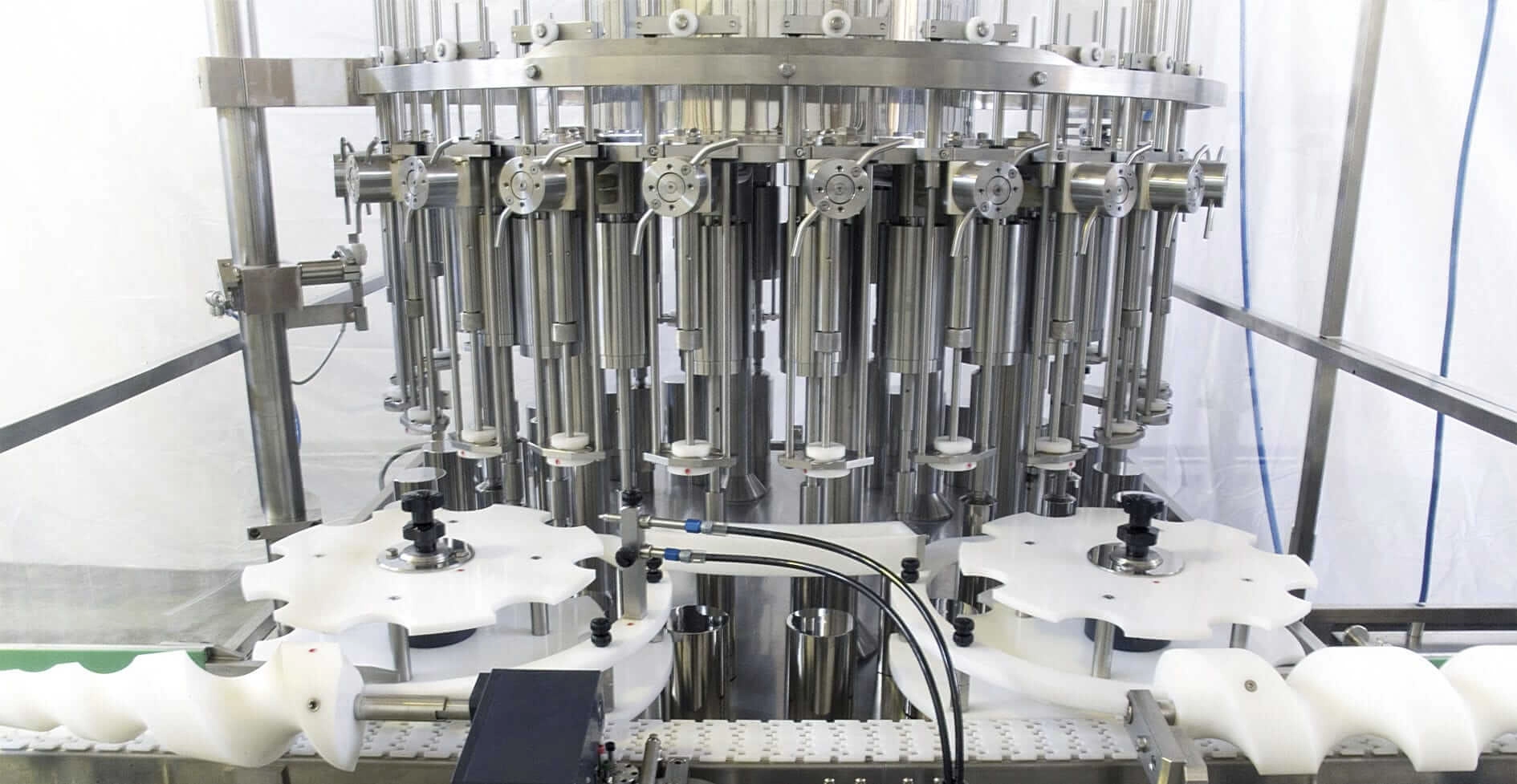One of the most overused keywords in business is “productivity.” Many people have varied interpretations of what this means to them, but it’s significant. If you don’t do enough to optimize your efficiency, you’ll eventually find yourself running with less capital.
- EIS:
As a DSS, an executive information system software (EIS) is used by associations to assist managers with their decision-making process. For example, it provides easy access to data critical for an institution’s strategic goals. Graphical displays on an intuitive user interface are standard in an EIS. They can be used to keep tabs on a wide range of business performance and spot problems and opportunities.
Executive Information System: Pros
- Research and Analysis of Current Trends.
- An update to the company’s official online presence.
- Training in leadership and management abilities.
- Enhances decision-making or conclusion.
- Senior executives can easily use it.z
- The more helpful form of reporting
- Additionally, the efficiency of the post has been enhanced.
- Shop Floor Management
Assembly or production takes place on the shop floor. Either the labor or sophisticated automated technologies can carry out this task manually.
It can thus be characterized as management in action, which is what shop floor management is. There are daily meetings between managers and production workers in this area of value creation to detect any problems or deviations in the value-added processes and to implement corrective measures.
These daily meetings, also known as shop floor management meetings, are essential in the management process.
Advantages
There are several advantages to using shop floor management software in production planning:
- More information
Factory supervisors control the flow of data. Because of the regular gatherings, the management can see and understand how the production process works immediately. As a result, other departments’ operations will run more smoothly.
- Executive support
It is possible to create a communication platform where mechanics and management can identify and solve problems since a shop floor management team is composed of people across divisions and hierarchies. There is no longer a place for “operational blindness” because of this multi-eye theory.
- Cost-cutting
Shop floor management can also boost production’s profitability. Product quality and flexibility requirements are standard in machine and systems engineering, whereas lead and delivery time requirements are uncommon. Most value-added procedures take place on the production site when making decisions for improvement. Because of the lack of up-to-date knowledge at a distance, people may make poor decisions.
Conclusion:
Modern management methods can only be implemented if the shop floor is well-managed. The desire of employees and management to get involved is therefore essential for an effective shop floor management system. The primary goal of shop floor management should not be to impose order on the workforce but rather to facilitate better communication between workers and management.
In contrast to this, Global EIS should give executives a uniform, integrated, and summarized picture of operational data from all of the company’s affiliates, whether domestic and international. External data from many sources can also be accessed through the EIS because of global computing.




